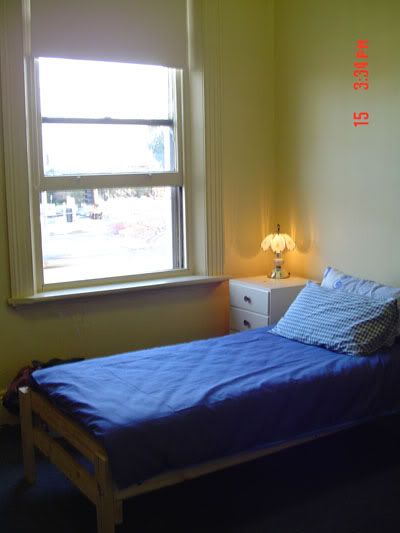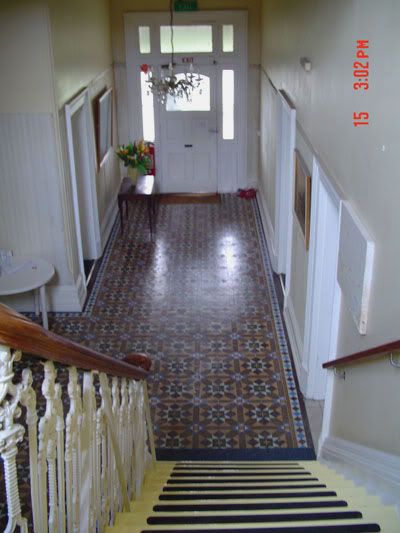Managed to pop by the NGV last Friday to see the Edvard Munch exhibition. Titled
"Edvard Munch: The Frieze of Life", it was personally fulfilling for me. Having had no exposure to an art education, I didn't know much about Munch, except that he painted
the Scream. Looking thru the more than 80 paintings, I feel I understand a little better now, how he produced such works.
The version of The Scream in the exhibit is the lithograph version (he produced a total of 4) and is much smaller than I expected. The first of his comments displayed in the gallery were that *he inherited consumption and madness from his parents* (or words to that effect). I felt as if I was walking through stages of his life when passing the pictures (due to the way they arranged) one by one. Paintings/lithographs/etchings which particularly caught my attention was most of his self-potraits, of which there were quite a few. There was a set of 3 paintings displayed next to each other, titled
Jealousy II, Jealousy, and the other (can't remember the title). Memorable in the sense that the emotion was really evident in the art. Some other famous works incl
Madonna, The Dance of Life, Vampire, Loneliness etc are all shown..
My favourites were his self potraits. Captivating, and at the same time a little haunting...The first one was
*Self Potrait with Cigarette*. He painted many more in his lifetime..There were 2 almost identical self potraits, with one titled
*Self Potrait with Skeleton Arm*, a lithograph. The other one was without the skeleton arm. Both are almost entirely similar. The one with the skeleton arm was accompanied by some comments by the curators (very useful for people like me who's pretty blur about art stuff) which provided a viewpoint on why he added the skeleton arm. It signifies a link between man and art (art symbolised as being created from the hands of man). While man eventually dies, art lives on.. (summarising their comments in my own limited words)..
There was also an amusing comment on a potrait he produced for a gentleman of that age. The canvas is very large, more than 6 feet in height. It turned out that the gentleman's presence couldn't fit into the initial canvas (there wasn't enough space to fit his left foot hahhha). So when they exhibited it (in the early 1900s), they rolled it and exhibited it at halve's length. A few years later, Munch added on to the piece and finally added the missing foot..





